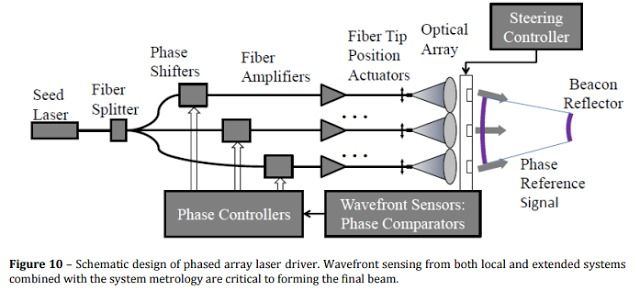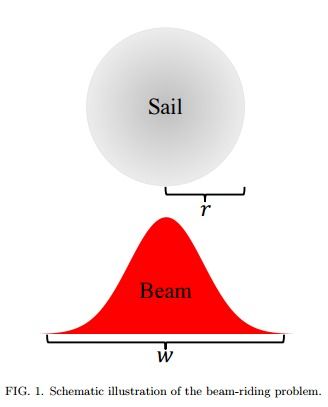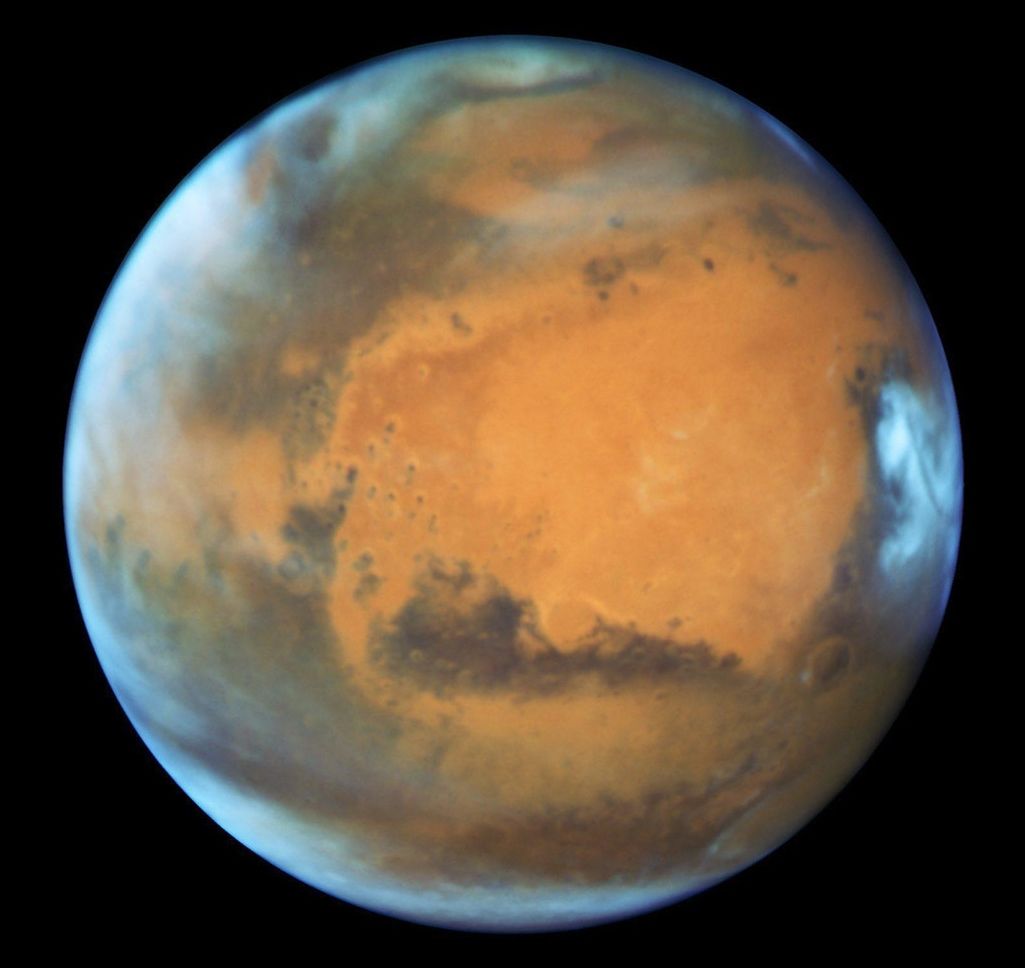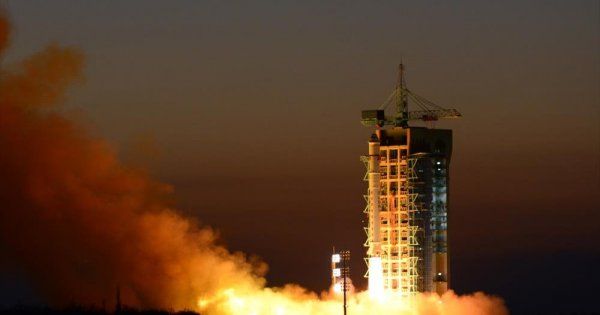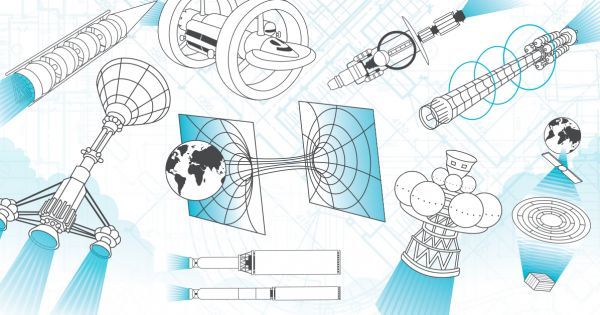The stability of a light sail riding on a laser beam is analyzed both analytically and numerically. Conical sails on Gaussian beams, which have been studied in the past, are shown to be unstable in general. A new architecture for a passively stable sail and beam configuration is proposed. The novel spherical shell sail design is capable of “beam riding” without the need for active feedback control. Full three-dimensional ray-tracing simulations are performed to verify our analytical results.
